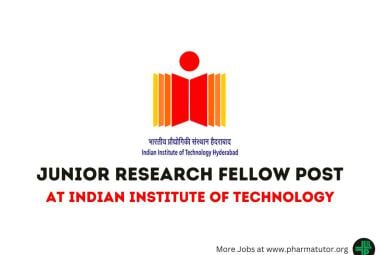EFFECT OF PULSATILLA ON POLYCYSTIC OVARIAN SYNDROME AND ITS ASSOCIATED CANCER
{ DOWNLOAD AS PDF }
 ABOUT AUTHORS:
ABOUT AUTHORS:
Debpratim Chakraborty
Persuing M.Pharm (Pharmacognosy),
Jadavpur University, West bengal.
debpratim008@gmail.com
ABSTRACT
Polycystic Ovarian Syndrome is one of the most common female endocrine. Many papers reported the correlation between infertility that most eminently predisposes towards cancer in PCOS women from many years. From both clinical and experimental research one can conclude that correlation between PCOS and endometrial cancer is the strongest. Most studies on correlation between PCOS and ovarian cancer as well as breast cancer failed to show a link though Pulsatilla have a strong effect on it. Various synthetic drugs which mainly used in the treatment of PCOS and endometrial cancer but here the problem is those drugs has lots of side effect/Adverse effect so we should go with the natural product Pulsatilla Sp. Which is used on PCOSand various cancer. Pulsatilla is a well establish drug for PCOS with unknown mechanism of action. Deoxypodophyllotoxin, which was isolated from the roots of P. koreana, was found to inhibit the tube-like formation of HUVECs (human umbilical venous endothelial cells) and have a potent antitumor effect. The chemical constituent saponin D present in Pulsatilla root is responsible for the anti tumor activity. The results, which are expressed as Pulsatilla saponin D has such a potent antitumor effect (IR, 82 %) on a solid tumor, which is higher than Adriamycin (IR, 64%). 23-Hydroxybetulinic acid synthesized from Pulsatilla chinensis also shows anti tumoral activity. Though the potency of pulsatilla sp. Are less than synthetic marketed drugs but by structural modification we may get potent anti canceral agent with least toxicity by Pulsatilla.



 ABOUT AUTHROS:
ABOUT AUTHROS:  ABOUT AUTHORS:
ABOUT AUTHORS: 







.png)

